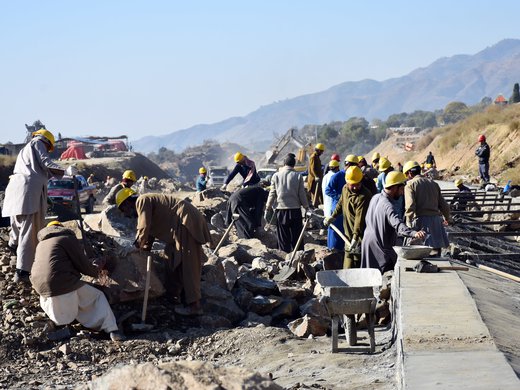Recent international financial turmoil — most notably in Greece — has refocused attention on the risks posed by severe sovereign debt crises and weaknesses in our approaches to restructuring sovereign debt. Since early 2010, these risks have driven a range of debt-related policy proposals and actions in individual economies, across regions and at the international financial institutions. While some incremental first reform steps have been taken, these have not yet produced a more efficient, effective or resilient international framework for handling severe sovereign debt crises and effecting sovereign debt workouts. In contrast, some institutional and policy changes made in the heat of the euro-zone crisis have raised as many questions as they have resolved. Old policy ideas are also being resurrected and configured in new ways for current challenges. After years of substantial fiscal stimulus and exceptional monetary policies, high debt burdens across the advanced economies, fears of secular stagnation, signs of an imminent increase in US borrowing costs and deteriorating demographics together make a compelling case for concerted action to improve international arrangements for dealing with distressed sovereign debt.
In 2013, the IMF led a sea change in thinking about the core problem with sovereign debt restructuring. The Fund’s research clarified that countries tend to wait far too long to address their sovereign debt problems, and when they do, they tackle them only superficially — in other words, sovereigns tend to restructure “too little, too late.” Structures and incentives are needed to increase the probability that “just enough, just in time” becomes the new normal of sovereign debt restructuring.
To assist in moving this agenda forward, CIGI undertook in February 2012 an intensive process of outreach and consultation with a wide range of stakeholders on prospects for improving on existing approaches to handling sovereign debt distress. These discussions began in a conference jointly organized with the Institute for New Economic Thinking at CIGI from February 24 to 26, and extended through scores of regional and sectoral meetings over the ensuing two and a half years with national authorities, international organizations, legal experts, academics, civil society organizations and private capital-market actors, with a particular focus on soliciting views regarding CIGI’s proposal for the creation of a Sovereign Debt Forum (SDF).
This special report takes the measure of these discussions and concurrent developments, since early 2012, aimed at improving the world’s infrastructure and technologies for sovereign financial crisis management and debt restructuring. The report does not advocate for a particular set of reforms or a single path of action. Instead, it reviews the diverse perspectives raised in CIGI’s SDF consultations, highlights considerations for the next steps in the reform process and identifies some pathways by which pragmatic reform programs could be crafted that would likely elicit support for their implementation.


